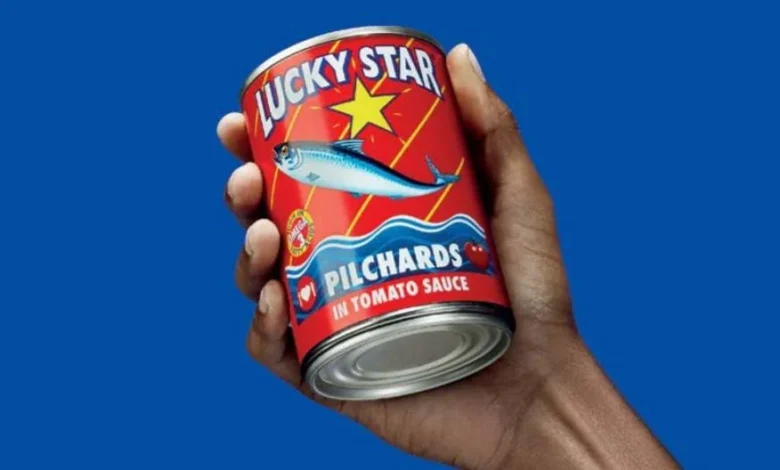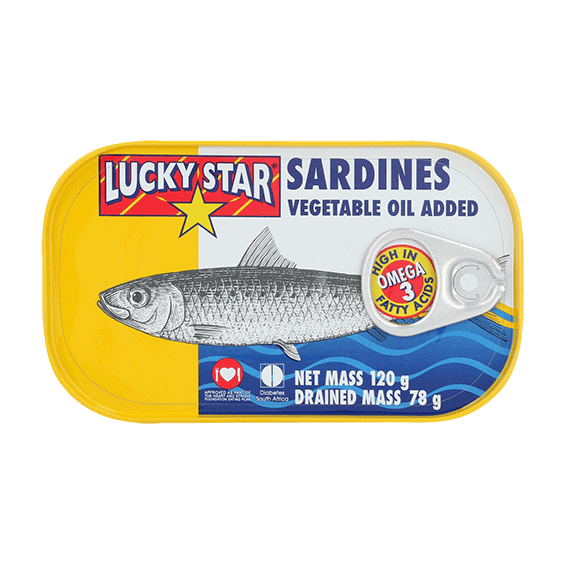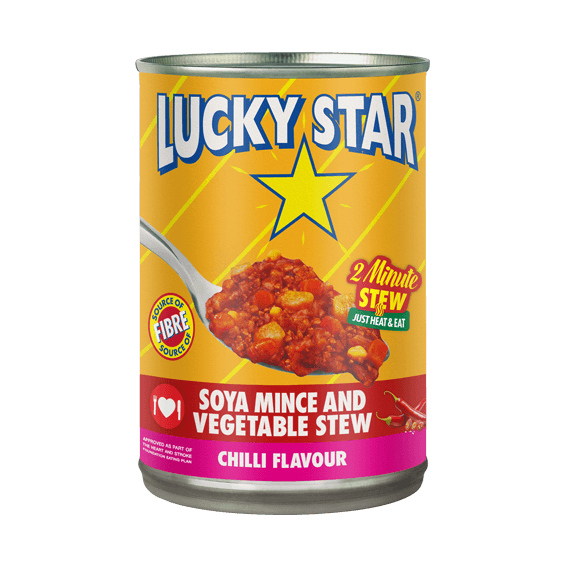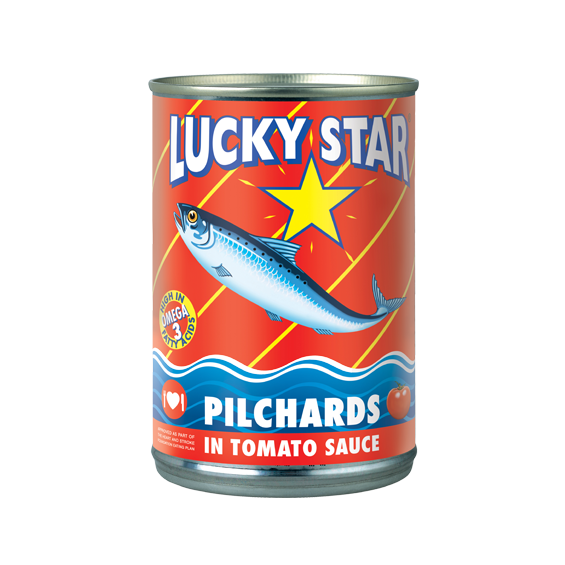From Shore to Shelf: How Lucky Star Became South Africa’s Trusted Seafood Brand

From Shore to Shelf: How Lucky Star Became South Africa’s Trusted Seafood Brand. Lucky Star’s rise to national prominence is a remarkable story of consistency, adaptability, and market insight. What began as a response to a food security challenge eventually became one of South Africa’s most recognized and beloved food brands. With its iconic red can and distinctive star emblem, Lucky Star didn’t just sell pilchards—it secured a place in the cultural and economic fabric of the country.
The Origins: Early Foundations and Market Demand
Lucky Star was officially launched in 1959, following the acquisition of the “Your Lucky Star” brand by Federal Fish Packers in 1955. The brand’s origins trace back to the burgeoning canned fish industry in South Africa during the mid-20th century. With abundant pilchard stocks along the West Coast and increasing demand for affordable protein, canned fish quickly became a staple.
By the time the Lucky Star brand entered the market, it was primed for success—offering a shelf-stable, nutritious product that appealed to households across income levels. Pilchards, rich in Omega-3 fatty acids, protein, and calcium, were both economical and versatile, reinforcing the product’s broad appeal.

Marketing with Purpose: Building Trust
From its inception, Lucky Star positioned itself as a brand rooted in trust, nutrition, and affordability. The distinctive red label and recognizable star helped the product stand out on shelves. Over decades, the brand consistently delivered quality, which translated into enduring consumer loyalty.
In the 1990s and 2000s, Lucky Star invested in mass-market advertising that reinforced its nutritional value and versatility. Radio and television campaigns often featured traditional South African dishes and resonated with family values, further embedding the brand into the national identity.
Operational Resilience and Quality Control
In 1998, Lucky Star was acquired by the Oceana Group, Africa’s largest fishing company. This acquisition allowed Oceana to consolidate and expand its control over the entire value chain—from harvesting to canning to distribution.
Oceana invested heavily in modernizing canning operations in St. Helena Bay and Hout Bay, enabling large-scale, high-quality production. The integration of fishing and processing under one roof ensured consistent supply and quality, even in the face of volatile marine conditions.

Expansion and Innovation
While pilchards remained the flagship product, Lucky Star diversified into other canned fish products including tuna, mackerel, and curried pilchards. This expansion allowed the brand to cater to varying taste preferences and capture a broader consumer base.
Packaging also evolved to suit different market segments. Innovations such as easy-open cans and smaller portion sizes addressed consumer demand for convenience and affordability.
Overcoming Challenges: Sustainability and Resource Management
The South African fishing industry has faced significant challenges due to fluctuating fish stocks, climate change, and regulatory changes. Oceana, through Lucky Star, adopted more sustainable fishing practices and worked within the Total Allowable Catch (TAC) frameworks set by the Department of Forestry, Fisheries and the Environment (DFFE).
Oceana also increased its reliance on imported pilchards when local stocks were insufficient, ensuring uninterrupted supply while maintaining transparency with consumers about sourcing.

Milestones That Defined the Brand
- 1955: Federal Fish Packers acquires the “Your Lucky Star” brand.
- 1959: The brand is officially registered as Lucky Star in South Africa.
- 1998: Lucky Star is acquired by the Oceana Group.
- 2000s: Major modernization of canning facilities.
- 2010s: Product line expanded to include mackerel, tuna, and curried variants.l
Lessons for Aspiring Entrepreneurs
- Build from a real need. Lucky Star emerged out of demand for affordable, nutritious food and has stayed true to that purpose.
- Consistency builds trust. Long-term brand loyalty comes from consistently delivering on your brand promise.
- Adaptation ensures longevity. Whether expanding product offerings or updating packaging, innovation based on consumer needs is vital.
- Vertical integration drives control. Managing your supply chain allows for greater quality control and resilience.
- Sustainability isn’t optional. Environmental stewardship must be part of a brand’s long-term strategy.

Conclusion
Lucky Star’s journey from a local pilchard canner to a dominant national brand illustrates how a combination of quality, adaptability, and purpose-driven strategy can lead to lasting success. Entrepreneurs can learn from its commitment to heritage, operational excellence, and consumer trust—a recipe for enduring brand relevance in any market.




